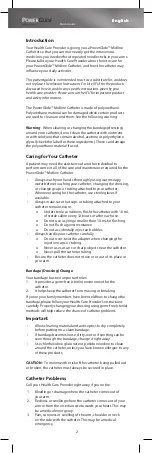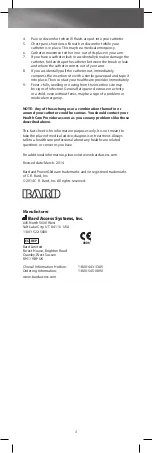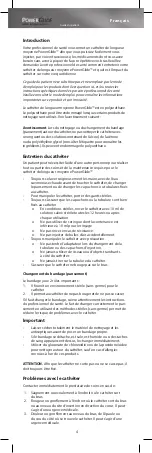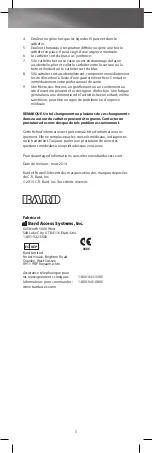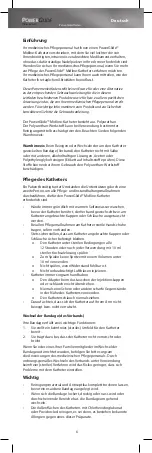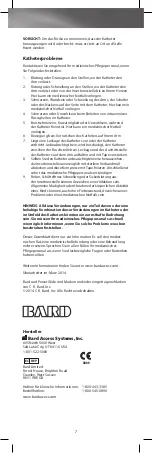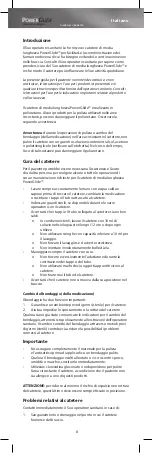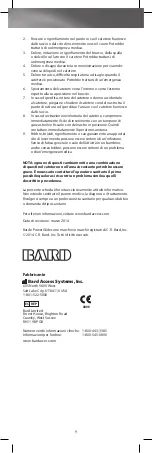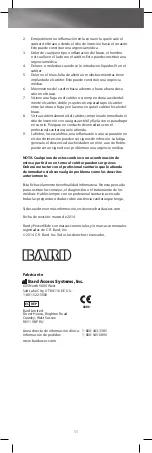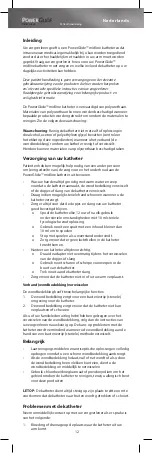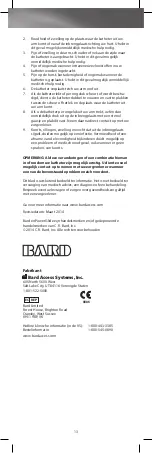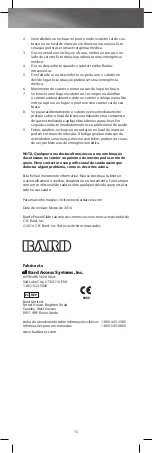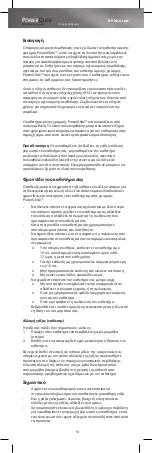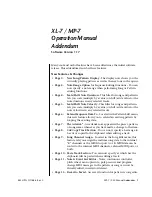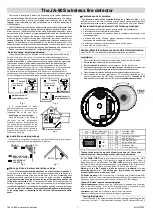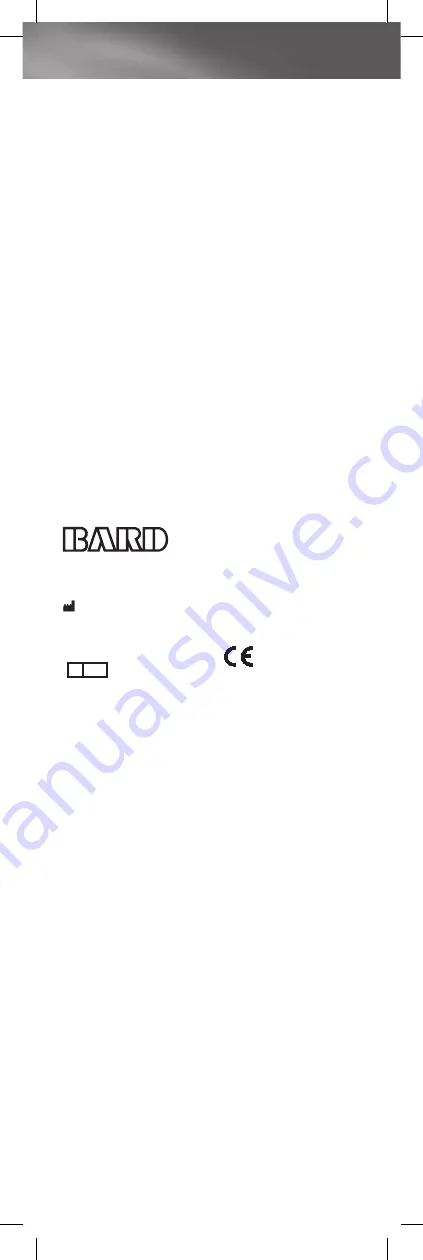
3
4.
Pain or discomfort when IV fl uids are put into your catheter.
5.
Chest pain, shortness of breath or discomfort while your
catheter is in place. This may be a medical emergency.
6.
Catheter movement either in or out of its place in your arm.
7.
If you have a catheter leak or accidentally break or damage the
catheter, fold and tape the catheter between the break or leak
and where the catheter comes out of your arm.
8.
If you accidentally pull the catheter out, immediately
compress the insertion site with a sterile gauze pad and tape it
into place. Then contact your healthcare provider immediately.
9.
Fever, chills, swelling or oozing from the insertion site may
be signs of infection. General fatigue or decrease in activity
in a child, even without fever, may be a sign of a problem or
medical emergency.
NOTE: Any of these changes or a combination thereof in or
around your catheter could be serious. You should contact your
Health Care Provider as soon as you see any problems like those
described above.
This fact sheet is for information purposes only. It is not meant to
take the place of medical advice, diagnosis or treatment. Always
talk to a health care professional about any health care related
questions or concerns you have.
For additional information, please visit www.bardaccess.com.
Revised date: March, 2014
Bard and PowerGlide are trademarks and/or registered trademarks
of C. R. Bard, Inc.
© 2014 C. R. Bard, Inc. All rights reserved.
Manufacturer
Bard Access Systems, Inc.
605 North 5600 West
Salt Lake City, UT 84116 USA
1-801-522-5000
EC REP
0086
Bard Limited
Forest House, Brighton Road
Crawley, West Sussex
RH11 9BP UK
Clinical Information Hotline:
1-800-443-3385
Ordering Information:
1-800-545-0890
www.bardaccess.com


